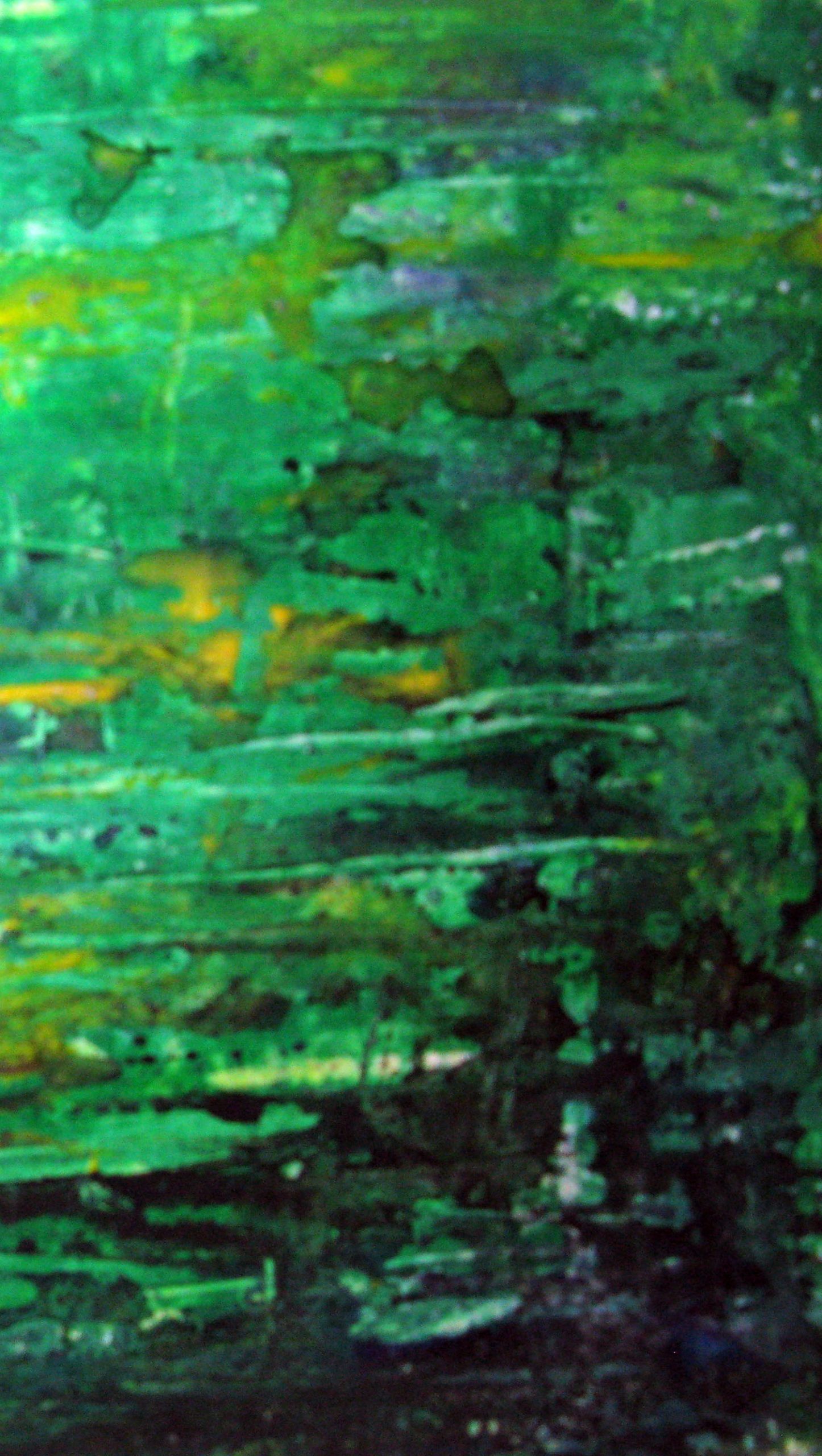Visual Music
“All of a sudden it hit me – if there was such a thing as composing music, there could be such a thing as composing motion. After all, there are melodic figures, why can’t there be figures of motion?”
Len Lye, edited by Roger Horrocks and Wystan Curnow, Figures of Motion (1984)
Auckland University Press, Oxford University Press.
Abstract animation, also known as “Visual Music” and “Absolute Film” was a
twentieth century development pioneered by the animators Mary Ellen Bute,
Hans Richter and Oskar Fischinger. These artists developed methods and devices
to translate visual imagery into and alongside sound. See:
There can be said to be three key ‘movement strategies’:
- evolution
- deconstruction
- patterned movement.
As no story arc is present and the structure is more like music than literature, the mind is able to wander and the viewer enters a different type of experience.
TASK:
Find a short piece of music and use drawings, photographs or other means to create an animatic for a proposed abstract animated piece.
Listen to the music and think about what kinds of images, mark-making, materials, patterns or colour might work well with it. Try drawing or photographing while listening to the music. Be playful and experimental in your approach. Consider whether you want to find complementary visual forms or contrasting ones, and how the pacing of the music might suggest movement, layering, or visual interactions. Try out different variations to see what works best. For example, bu using found images to go with your sound as well as ones you have created.
Use this material to develop a short animatic and scratch track. Upload your experiments, the final piece, and your reflections on your creative process on your learning log.
Inspiration
Music
The main track I used for this animation was Vivaldi Four Seasons: Summer from the first You Tube video on the left. My interest is in the contrast between the very langorous feel of the first movement, with its birds and flickers of light on water through trees, with the very energetic and dynamic music of the storm.
My vision of summer was also influenced by the jazz blues of ‘Summertime’
My Summer Paintings and Prints
The Seasons have been common projects in earlier OCA drawing, painting, printmaking and illustration courses. I had particularly enjoyed working with watercolour and water-based inks, watching the pigment flow lazily and sensuously down the surface in patterns of light and shadow with river reflections and dragonflies between weeping trails of willow branches. Summer, swarms, dragonflies, butterflies, particle effects, kaleidoscope. From my prints and paintings.









Visual Music animations
Sitting by an open patio door with breeze in the garden at the end of July on the hottest day of the year so far I re-explored and played with different feelings of summer suggested by the Vivaldi music.
Focusing on building up patterns, I used this assignment to explore TVPaint mark-making with wet brushes and smudge brushes, using autopaint effect on layers building them up as I listened to the music several times. Then I experimented with different layer blend modes to combine the layers into different interpretations
In terms of timing the animation still needs quite a bit of sorting out. Autopaint was interesting, but needs a lot of practice. Also because of lag in playback, it is quite difficult to get everything synchronised. So this is still a work in progress. I could extend my experimentation beyond moving build-up patterns to more varied evolution and deconstruction.
But I really enjoyed the process as one I would like to practice more. I am particularly interested in the potential of blend modes and layer effects in TVPaint and the potential for discovering accidental colour effects that are very different from my original concept, but equally valid responses to summer that broaden my creative and emotional response.
